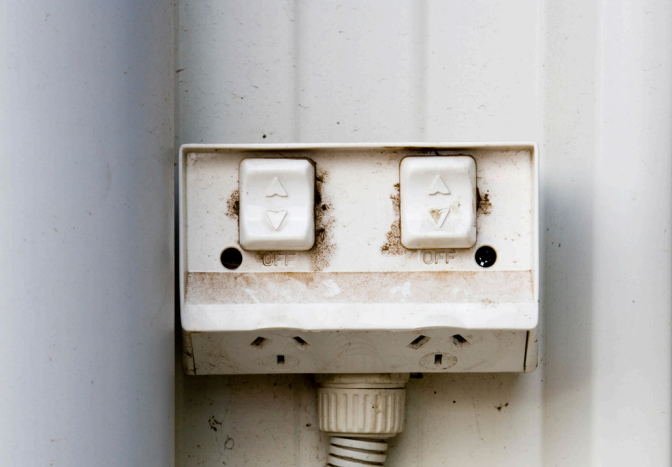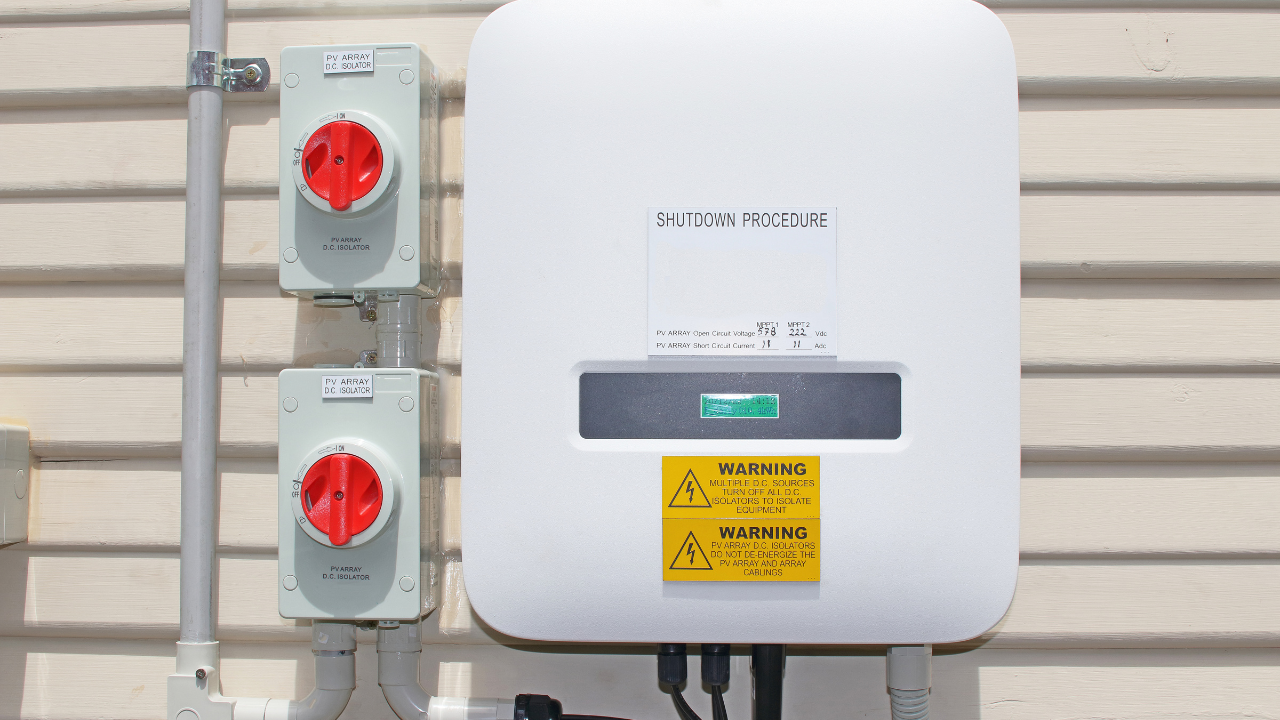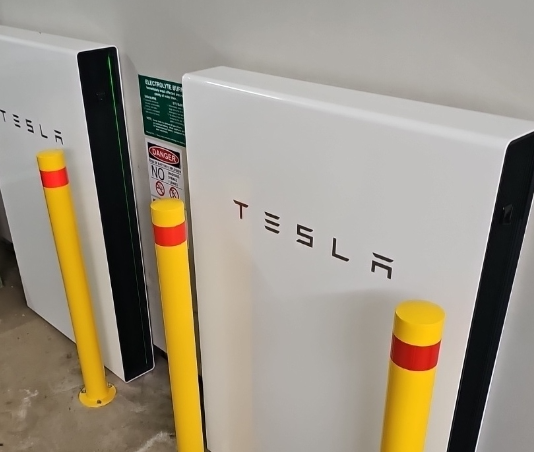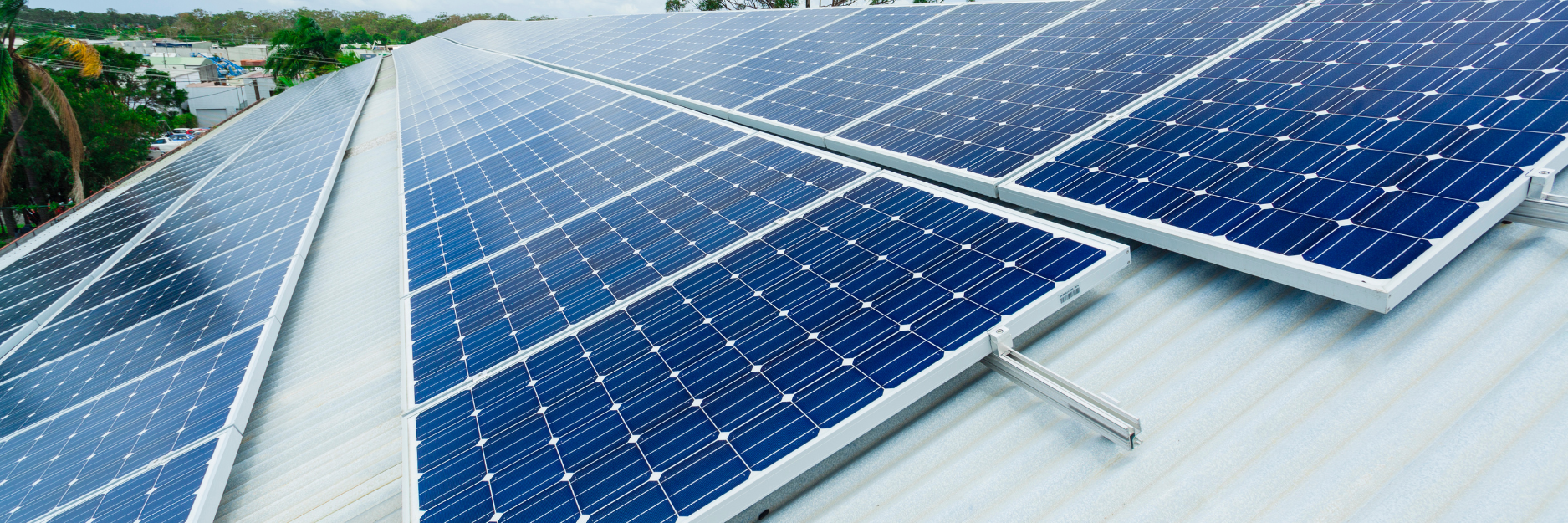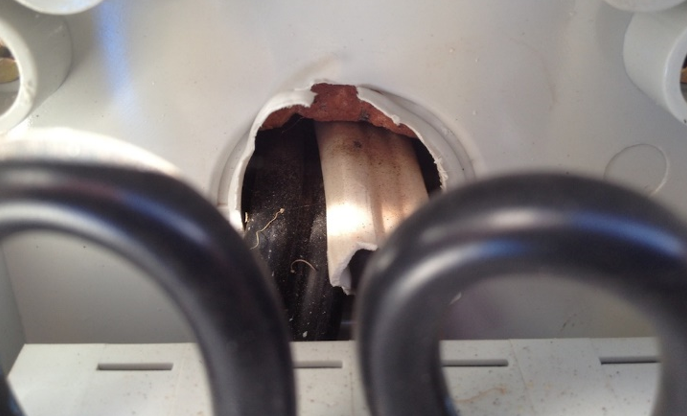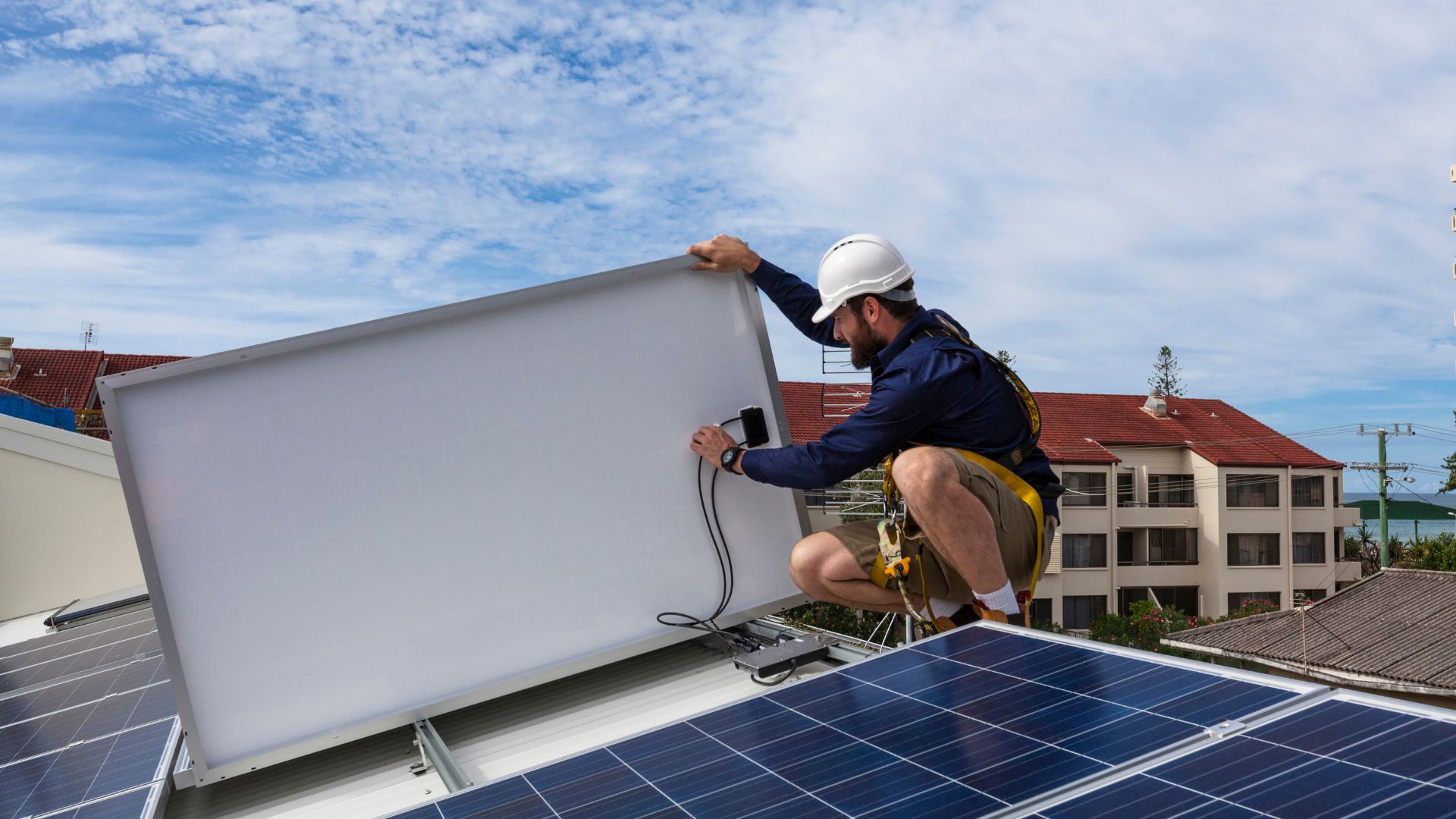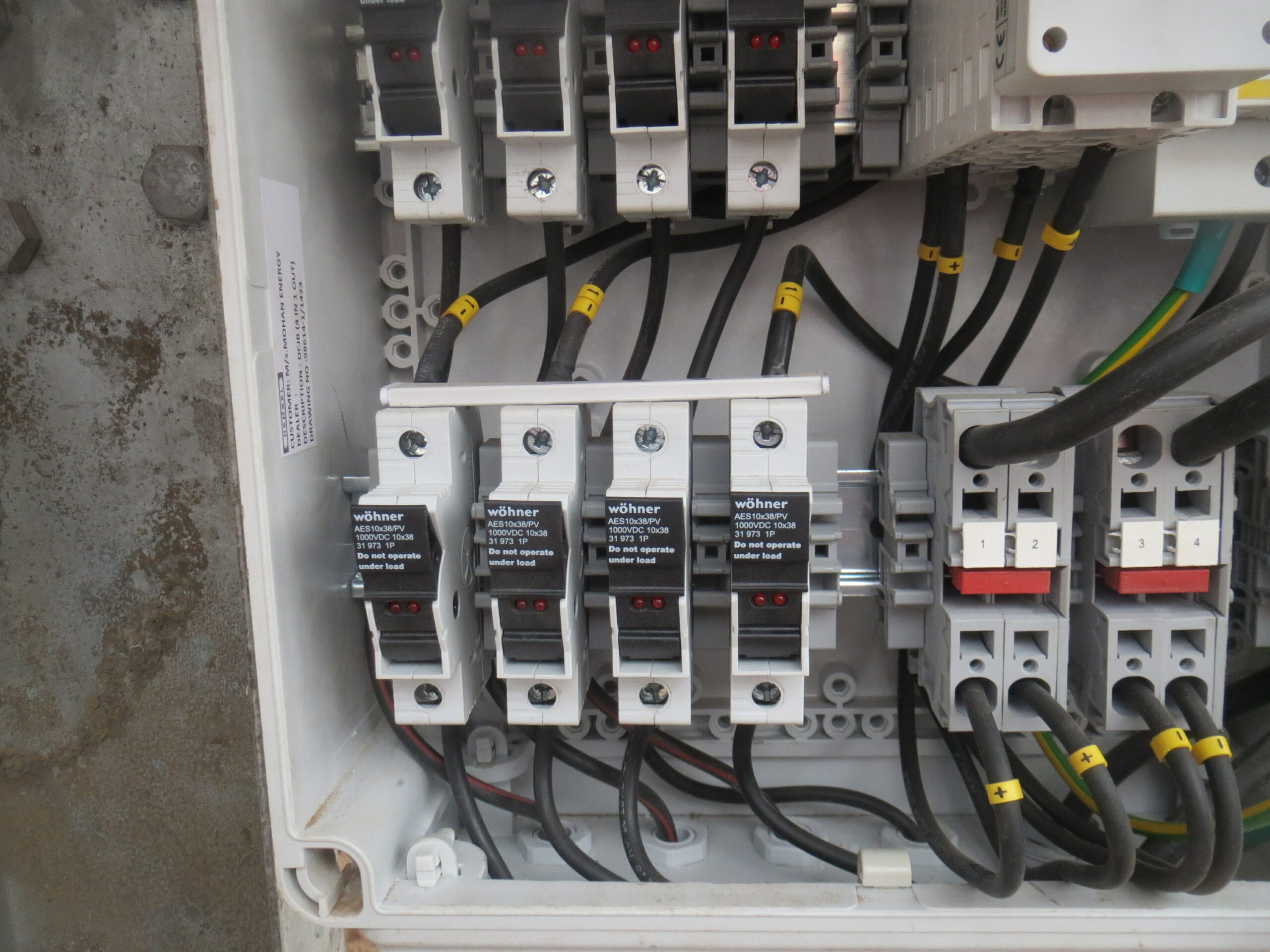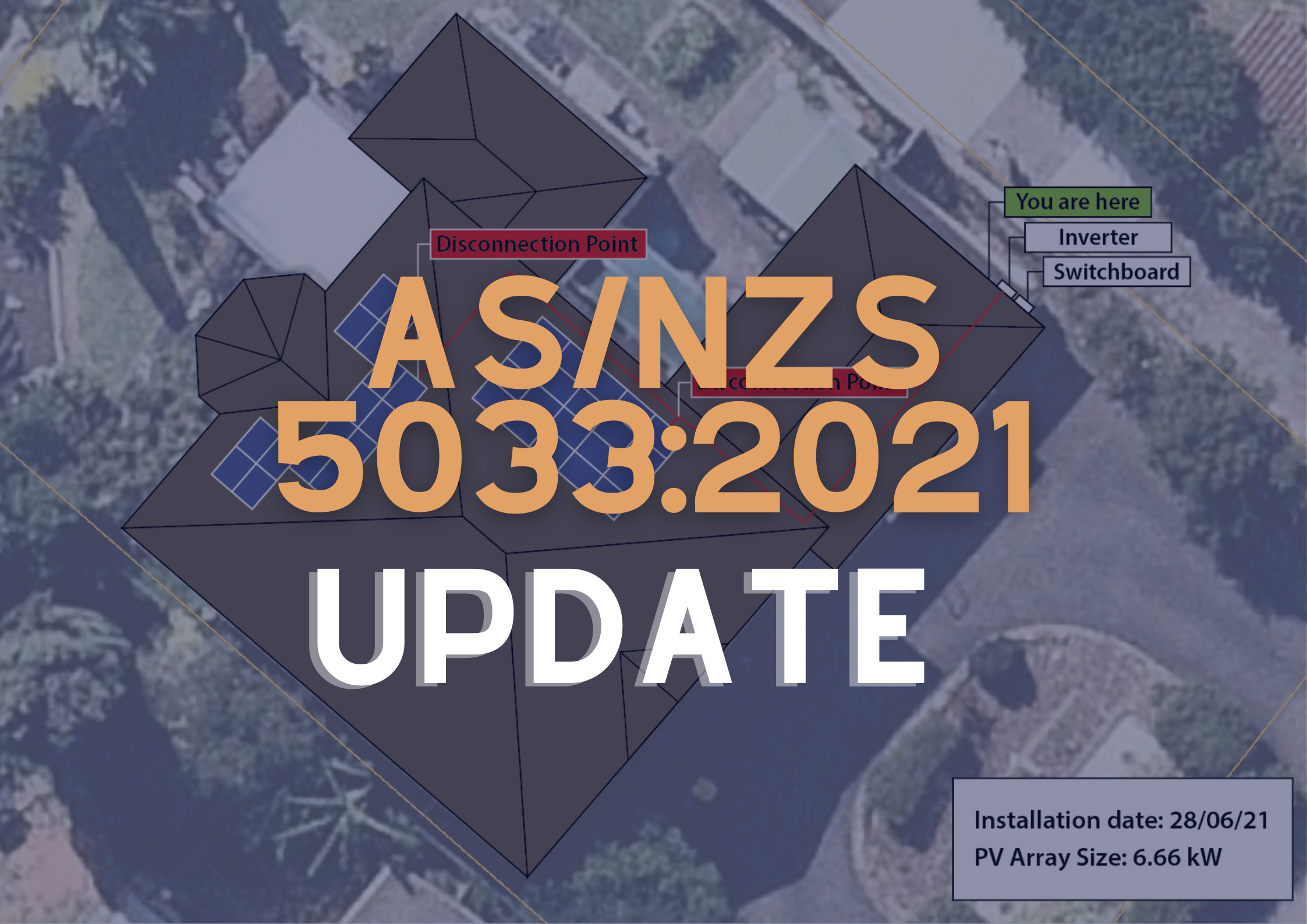The signage requirements of AS/NZS 4777.1:2024 build on those of the 2016 standard, introducing new elements such as EV labels and IPSD labels that were not previously included. While key requirements for shutdown procedures, multiple supply warnings, and accurate labelling of circuit breakers (CBs) and isolators remain largely unchanged, the 2024 update introduces important new […]
Category: Standards
RCD Requirements for Backup Power from Solar PV Inverters
Some solar PV inverters offer a backup circuit that can be used even without the presence of batteries. This backup circuit offers the ability to power a small load, when the PV system is generating energy and when the grid is unavailable. Examples of these inverters include the following: 1. Fronius GEN24 Plus (with “PV […]
Using Solar and Battery Hybrid Inverters for Emergency Circuits: Managing the Neutral Connection
Solar and Battery Hybrid Inverters (also called Multiple Mode Power Conversion Equipment see AS/NZS 5139:2019 Introduction) are being used to power essential services (also called emergency sub-circuits, dedicated loads or selected loads) during grid outages. These systems allow a household or business to continue running critical services such as refrigeration, essential lighting, medical equipment, or […]
Understanding BESS Earthing Requirements in Electrical Installations According to Australian Standards
Earthing is a critical aspect of electrical safety in installations, ensuring that any exposed conductive parts are properly grounded to prevent electrical shocks or fire hazards. However, there is often confusion regarding the correct application of earthing requirements, especially when earth terminals are found unused in some installations. This document aims to clarify the circumstances […]
Understanding the 1000V Rule in AS/NZS 4777.1:2024
The latest update to the AS/NZS 4777.1:2024 standard introduces significant changes for residential solar installations, with one of the most notable being the new 1000V rule. This change allows installers to implement higher voltage solar systems in residential settings, but only if they strictly adhere to the updated compliance requirements. What is the 1000V Rule? […]
Habitable Rooms and Restricted Locations for Battery Installation
With the introduction of new battery rebate programs in Queensland and the ACT this year, and a proposed rebate in NSW expected in November, the safe installation of batteries has become an increasingly important topic. A common concern among installers is determining suitable battery installation locations, particularly regarding what constitutes a habitable room and a […]
Solar Installation: Common Mistakes and Best Practices
In 2023 the Clean Energy Council suspended 166 accreditations and cancelled 51. Most of the cases opened came from the Clean Energy Regulator’s inspections program [1] which focuses on quality and compliance of installations across the country. GSES has been part of the Clean Energy Regulator’s inspection program for many years and has seen all […]
New version of the Wind Actions Standard AS/NZS 1170.2
This article lists the main changes to the 2021 version of AS/NZS 1170.2
PV overcurrent protection changes from AS/NZS 5033:2014 to 5033:2021
The requirements for DC overcurrent protection seem to have changed a lot in the AS/NZS 5033:2021 update upon first glance. But most of these changes are just rearrangement and new notation. This article will explain the old and new requirements. Skip to: AS/NZS 5033:2014 requirements AS/NZS 5033:2021 requirements Comparison of AS/NZS 5033:2014 and AS/NZS 5033:2021 […]
Deep dive on the new AS/NZS 5033:2021 Updates
AS/NZS 5033:2021 Update – What You Need to Know As part of the solar industry, you’re probably accustomed to the 2014 version of the standard, which had two amendments published in 2018. In November 2021, this standard was updated to reflect the rapid growth of this industry and provide updated safety practices. Knowledge is power, […]


